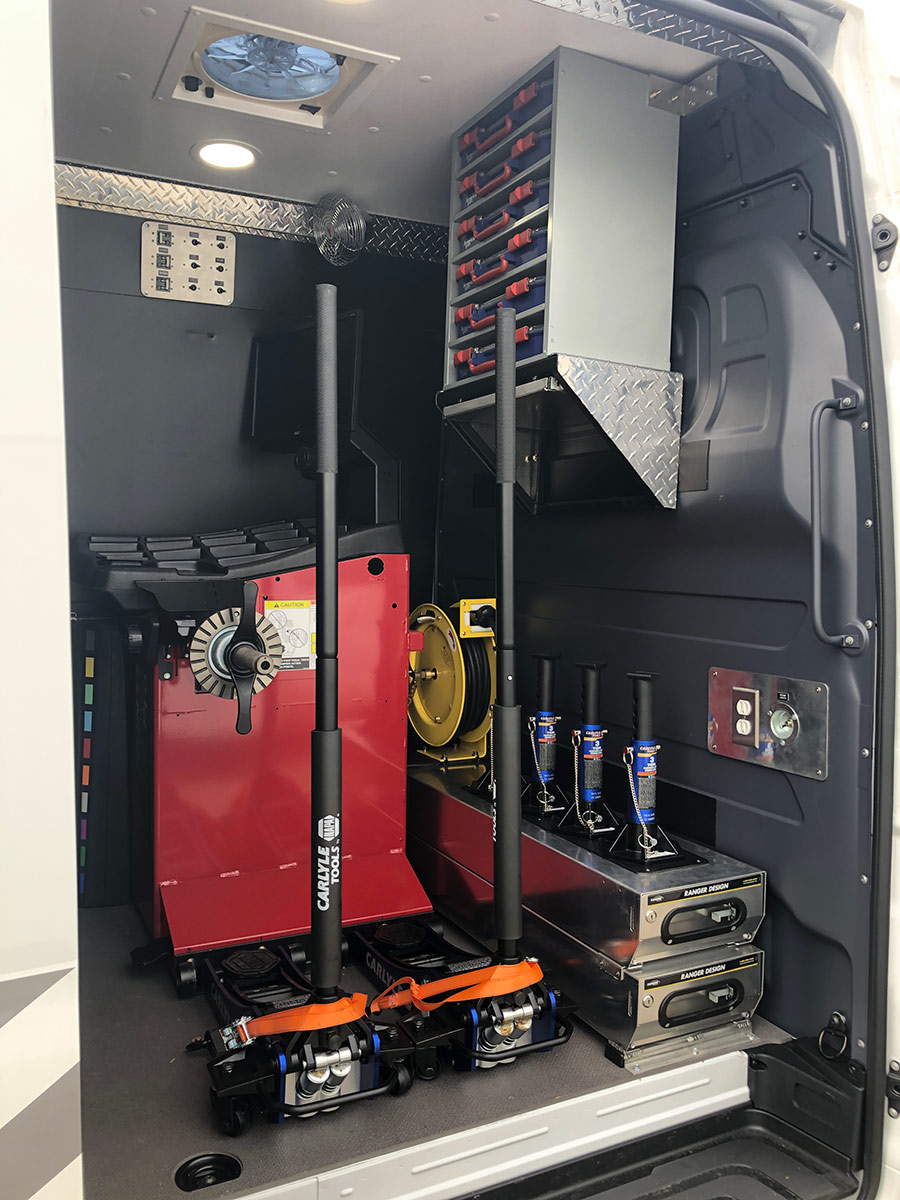Reliable Flat Tire Repair Las Vegas - Mobile Support
Reliable Flat Tire Repair Las Vegas - Mobile Support
Blog Article
Tire Service: Proven Methods for Optimum Tire Maintenance and Treatment
Preserving optimal tire condition is extremely important for both safety and security and efficiency of any kind of lorry. From making certain correct tire stress to regular turning and positioning, there are tested methods that can substantially prolong the lifespan of your tires and boost overall driving experience. As we explore the intricacies of tire care and maintenance, we will reveal crucial standards that every automobile owner ought to stick to for the best possible outcomes. Let's explore the globe of tire service and uncover the keys to keeping your tires in first-class form for the long run.
Value of Tire Pressure
Ample tire stress advertises far better fuel effectiveness, as under-inflated tires can lead to increased rolling resistance, creating the engine to function more difficult and eat more fuel. Appropriate tire stress ensures also walk wear, enhancing tire longevity and conserving money in the long run by postponing the need for premature substitutes. Frequently inspecting and adjusting tire pressure, specifically before lengthy journeys, is a basic yet effective method to enhance lorry efficiency, extend tire lifespan, and prioritize safety and security on the road.
Tire Turning Guidelines
When thinking about tire rotation guidelines, it is necessary to recognize the importance of this upkeep task in optimizing tire life expectancy and maintaining ideal car efficiency. Tire rotation involves transforming the placement of each tire on a vehicle to make certain even walk wear. Front tires have a tendency to use quicker than rear tires because of guiding pressures, making normal turning crucial for balanced wear patterns. The advised rotation pattern differs depending on whether a car is front-wheel, rear-wheel, all-wheel, or four-wheel drive. Generally, tires should be rotated every 5,000 to 7,500 miles, or as recommended in the automobile handbook. Disregarding tire rotation can result in irregular wear, impacting handling, traction, and possibly compromising vehicle safety. By sticking to appropriate rotation standards, motorists can expand the life of their tires, boost gas efficiency, and enhance total driving experience. Routine rotation is a simple yet effective maintenance technique that adds significantly to tire longevity and vehicle efficiency.

Advantages of Wheel Positioning
Making certain correct wheel positioning after tire rotation is important for keeping balanced wear patterns and optimizing automobile performance. Wheel alignment describes the adjustment of the angles of the wheels to the producer's specifications. Among the key benefits of wheel positioning is enhanced steering and dealing with action. When the wheels are correctly straightened, it decreases guiding initiative, ensuring a smoother and more regulated driving experience. Furthermore, right wheel positioning assists to prolong the lifespan of your tires. Misaligned wheels can cause unequal tire wear, resulting in early tire replacement and increased maintenance prices.

Tire Tread Deepness Examine
Performing a regular assessment of tire walk depth is vital for maintaining risk-free driving problems and lengthening the life expectancy of your tires. The walk on your tires plays an essential role in offering traction, particularly in slippery or damp conditions. To inspect your tire walk deepness, you can use a tread deepness scale or the dime examination. The suggested walk deepness is at least 2/32 of an inch. If the walk depth is below this threshold, it informative post is time to change your tires to make certain optimal efficiency and security on the road. Unequal step wear can show concerns with tire suspension, alignment, or stress, highlighting the value of routine step depth checks. Neglecting to keep an eye on and keep proper tread depth can result in minimized hold, longer braking distances, and an increased threat of hydroplaning. By incorporating tire walk depth checks right into your routine maintenance routine, you can drive with self-confidence recognizing that your tires remain in leading problem.
Seasonal Tire Evaluation
Seasonal tire evaluation is an essential facet of tire maintenance that makes certain tires are all set to deal with the obstacles positioned by different weather condition problems. In preparation for wintertime, it is essential to examine the tire pressure frequently as cool temperatures can trigger tire stress to drop. By performing regular seasonal tire examinations, vehicle drivers can extend tire life expectancy, improve fuel performance, and most importantly, guarantee a safe and secure driving experience in varying weather condition problems.
Verdict
In verdict, preserving correct tire stress, revolving tires frequently, aligning wheels correctly, checking step deepness, and performing seasonal examinations are crucial practices for ideal tire treatment. By complying with these verified techniques, motorists can ensure their tires last longer, execute better, and add to general automobile safety and security. It is essential to focus on tire maintenance to stop mishaps, boost gas effectiveness, and extend the lifespan of tires.
Sufficient tire pressure promotes better fuel performance, as under-inflated tires can lead to boosted rolling resistance, triggering the engine to work tougher and eat more gas.When taking into consideration tire turning click here to find out more standards, it is important to understand the significance of this upkeep task in taking full advantage of tire life expectancy and keeping optimal lorry efficiency. Seasonal tire assessment is a basic facet of tire upkeep that makes certain tires are prepared to encounter the difficulties posed by different weather problems. By conducting regular seasonal tire inspections, chauffeurs can lengthen tire life expectancy, improve gas performance, and most significantly, make certain a safe and secure driving experience in differing weather condition problems.
In final thought, preserving appropriate tire pressure, rotating tires regularly, lining up wheels appropriately, keeping an eye on walk depth, and carrying out seasonal inspections are vital practices for optimal tire treatment.
Report this page